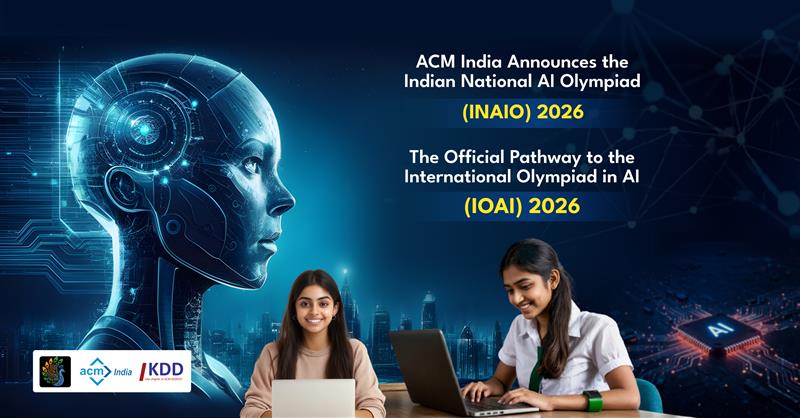Opinion | Multidimensional approach needed to address jobs crisis
One of the main promises of the government was job creation. But the number of unemployed youth has increased dramatically. The demographics are stacked against us. Data from the Centre for Monitoring Indian Economy (CMIE) shows that in the most populous state of Uttar Pradesh, the unemployment rate went up from 5.5% to 9.9% just in the past year.
Drastic measures are the need of the hour. Many have called for structural reforms as core industries are badly affected. To activate them, the government needs to start major infrastructure projects. These can be roads or irrigation projects, which will help the distressed cement, steel and construction industries. But beyond those, there are talent reforms to be done too.
Reform taxation:
The tax structure needs to be futuristic. Currently, a trader with one employee is taxed the same as the entrepreneur who invests in machinery, and employees 50 people, taking much more risks. We need a new policy that gives tax credits to companies who employ more people. As we get into the robotic world of automation which will see massive displacement of workforce, such a policy will assume even more relevance. This tax break will be an incentive to save jobs.
Promote micro entrepreneurship:
For a country as large as India, where nearly 90% of the workforce is in the unorganized sector, the focus needs to be on micro entrepreneurship, where if one person can employ five employees it will result in mass employment. China generates 10 million jobs in this sector. To be fair, the government has taken great initiatives like Startup India that seeks to fuel entrepreneurship. However, to make sure the slogans are translated into action, it needs to take the programme at the district level.
Fix the skill gap:
Today the rate of unemployment among graduates in India is extremely high at 17.4%. One of the main reasons for this is that they have skills of yesterday when what is needed is skills of the future. The government needs to rapidly look at future skilling and get our graduates industry ready. Take a sector like the automobile industry, which is in the midst of enormous transformation as it moves from gasoline engines to electric vehicles. Do we have enough professionals who can get on to the e-track? The government can easily use some of the amount collected from the education cess to promote right skilling in colleges. HireMee Gold is a platform that looks at skilling masses at low cost. This bridges the skill gap. The need of the hour is models like these.
If one sifts through the data, job losses are only in certain areas. Several sectors are still creating jobs. Take retail, for instance. However, the talent needs are not being met as there is a serious skills mismatch. It’s no secret that the Skill India program does not have a proper direction and there are instances of corruption. Skilling is happening in areas that are contrary to aspirations of the youth. The payments for skilling need to be made by the industry recruiting the trainees, through the government, and not by the candidates.
News Link







